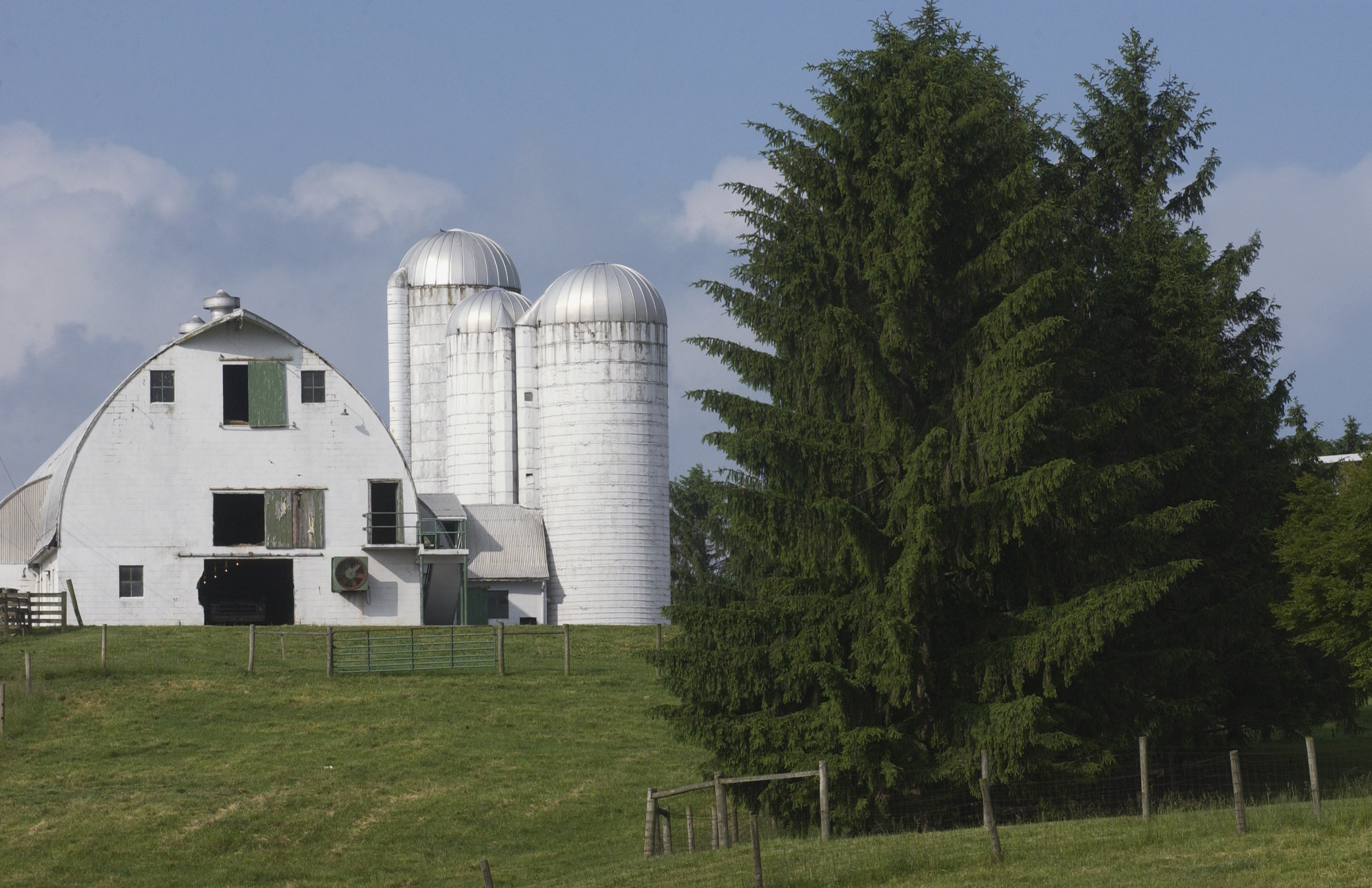Learn how to prepare your farm for severe weather

September is National Preparedness Month and it is a good time for farmers to know the steps to take to protect their farms, families, and workers if severe weather strikes.
“Planning is essential to reducing the potential damage from hurricanes, tropical storms, and winter storms,” explained Michael Martin, Virginia Cooperative Extension emergency response and preparedness coordinator. “Preparing now can help farmers avoid learning hard lessons later.”
To prepare, farmers need to have backup plans for electricity for their barns and other critical farm facilities. “Livestock operations should maintain emergency plans that address power needs and on-site feed capabilities,” said Martin. “Farmers should have a transfer switch properly installed so they can use a generator. A properly installed transfer switch is critical for the protection of farm facilities and utility workers.”
Use the following tips for preparing farms for major storms:
- Store or secure items or equipment that could blow away.
- Check generators to be sure they are in good working order and secure a sufficient amount of fuel to operate them.
- Turn off the propane supply at tanks.
- Secure propane tanks in the event of flooding to prevent them from floating away.
- Move equipment to the highest open ground possible, away from trees or buildings that could cause damage.
- Secure pesticide storage areas. Farmers in low-lying areas should elevate or move pesticides to locations that are less likely to flood.
- Identify places to relocate animals from low-lying areas.
- Mark animals with an identifier so they can be easily returned if lost. For example, use ear tags with the name of the farm and phone numbers, brands, paint markings on hooves or coat, or clipped initials in the hair.
- Move feed to higher ground or to a more accessible place in case of flooding or transportation problems.
- Coordinate with neighbors beforehand and discuss what resources can be shared.
- Keep a list of important phone numbers in order to make calls following a storm. For example, compile numbers for the local emergency management office, county Extension agent, county Farm Service Agency, and your insurance agent and veterinarian.
- Monitor local weather reports for up-to-the-minute information on storms.
As important as knowing what to do in the event of a storm is staying informed of when and where storms are moving through the area.
In addition to television and Internet news sources, farmers can stay up to date on the weather with the Ready Virginia mobile app. The free app provides emergency planning and preparedness guidance along with several other important features, such as location-specific weather watches and warnings and flood information issued by the National Weather Service; disaster news from the Virginia Department of Emergency Management; maps indicating open American Red Cross shelters, hurricane evacuation routes, hurricane storm surge zones, and stream gauges; a template for creating a customized family emergency plan; and local emergency manager contact information.
For more information, visit these websites:




